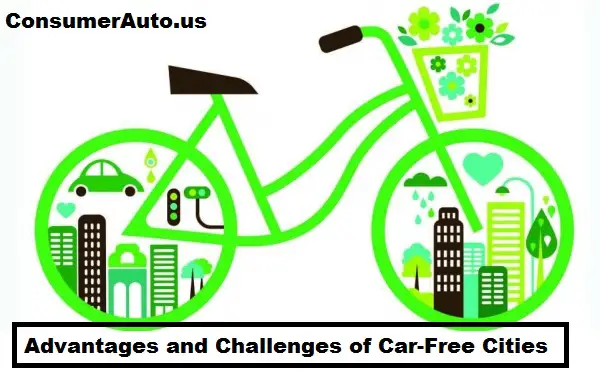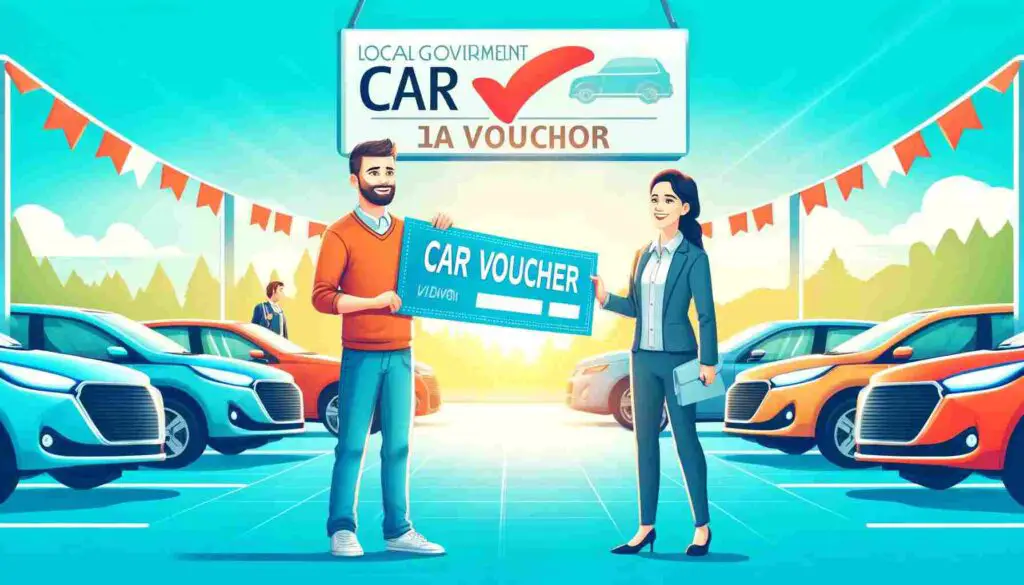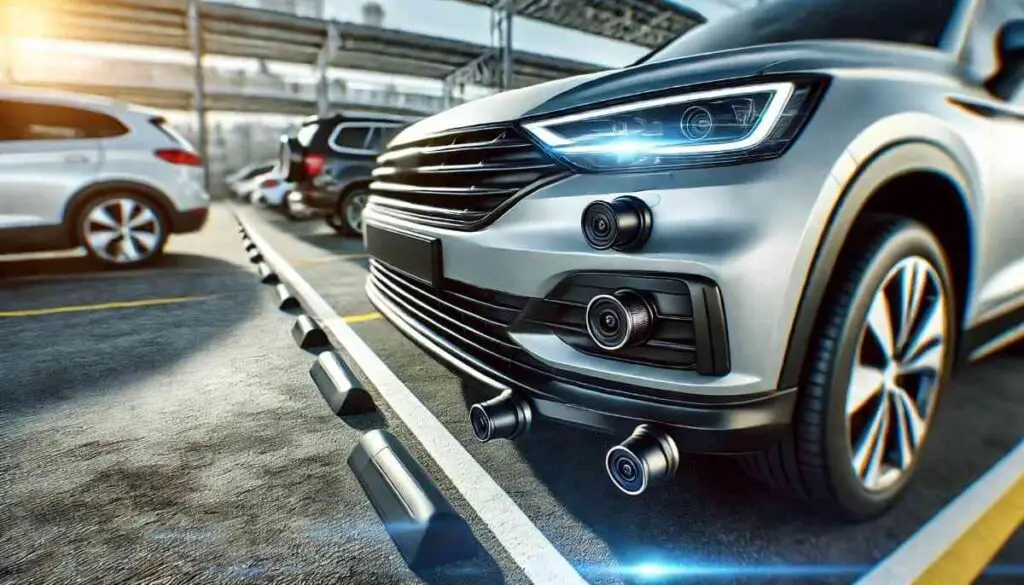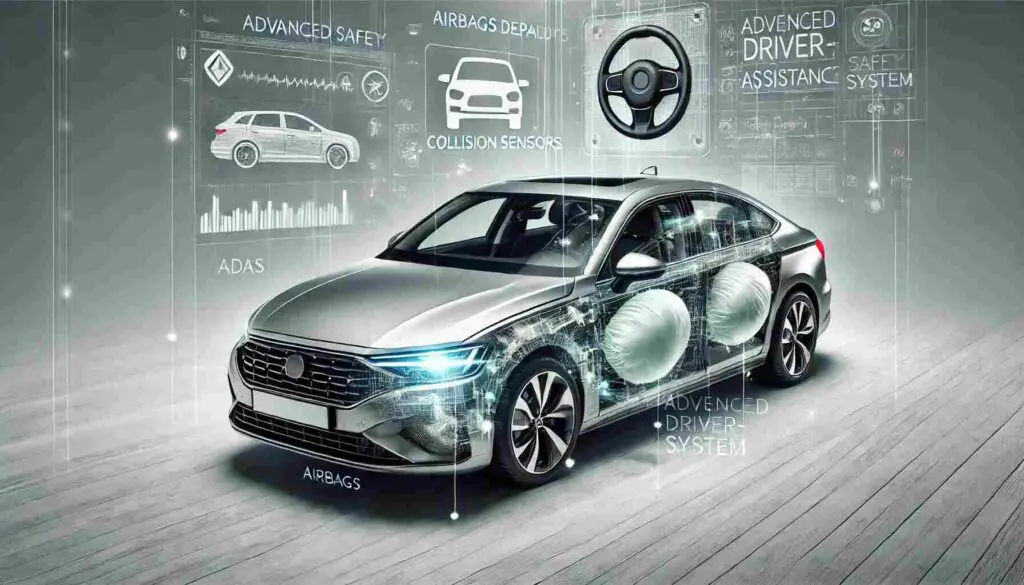In the realm of urban planning and sustainability, the concept of car-free cities has gained substantial traction, driven by the imperative to mitigate environmental concerns and enhance societal well-being. This comprehensive article delves into the various dimensions of car-free cities, elucidating their advantages, challenges, and future prospects. By exploring real-world case studies and addressing frequently asked questions, we present a comprehensive analysis aimed at offering valuable insights into the potential of car-free urban environments.
I. Introduction
The increasing interest in car-free cities stems from the dire need to address pressing environmental issues and foster healthier, more livable urban spaces. With the perpetual rise in vehicular emissions and traffic congestion, the urgency to shift towards sustainable urban planning has never been more evident.
II. Advantages of Car-Free Cities
Reduced Pollution and Emissions
The detrimental impact of car emissions on air quality and public health cannot be overstated. A wealth of statistical evidence underscores the correlation between air pollution and a myriad of health issues, from respiratory illnesses to cardiovascular diseases. Car-free cities offer a tangible solution by curbing vehicular emissions and significantly improving air quality, thereby enhancing the overall health of residents.
Improved Public Health
The promotion of active transportation modes, such as walking and biking, lies at the core of car-free cities. These modes not only reduce dependency on cars but also promote physical fitness and well-being. The incorporation of pedestrian-friendly infrastructure encourages a more active lifestyle, leading to improved public health outcomes and a higher quality of life.
Enhanced Safety
Traffic accidents involving automobiles pose a significant threat to pedestrian and cyclist safety. Car-free cities mitigate this risk by creating environments where pedestrians and cyclists can navigate without fear of vehicular collisions. This heightened safety fosters a sense of security and encourages more individuals to opt for non-motorized transportation.
Enhanced Livability
Car-free urban spaces are characterized by reduced noise levels and decreased congestion. The absence of vehicular traffic creates tranquil and pedestrian-friendly communities, thereby fostering an enhanced urban livability. Such environments prioritize green spaces and communal areas, promoting social interactions and a higher quality of life.
Reduced Traffic Congestion
The pervasive issue of traffic congestion in urban areas is alleviated by the adoption of car-free city models. By reducing the number of vehicles on the road, congestion is significantly diminished, leading to smoother traffic flow and reduced travel times for all modes of transportation.
Sustainability and Resource Efficiency
Car-free cities exhibit a remarkable contrast in resource consumption when compared to car-dependent counterparts. The reduction in energy consumption and waste generation is evident, making car-free cities more environmentally sustainable and resource-efficient in the long run.
III. Challenges of Implementing Car-Free Cities
Cost Implications
Transitioning to a car-free city requires substantial changes in infrastructure, including the establishment of efficient public transportation systems and non-motorized pathways. While the initial costs may be daunting, the long-term benefits in terms of reduced healthcare costs and improved environmental conditions justify these investments.
Public Support and Behavioral Change
One of the primary challenges lies in garnering public support for the shift towards car-free living. Addressing the concerns of those heavily reliant on cars for mobility is crucial. Implementing strategies that promote behavioral change through education, incentives, and accessible alternatives is essential for a successful transition.
Political Will and Policy Implementation
The implementation of car-free policies often faces political hurdles. Overcoming resistance and securing government support is pivotal. Effective policies, incentives, and collaborations with stakeholders can pave the way for the seamless realization of car-free city initiatives.
IV. Case Studies of Successful Car-Free Cities
Copenhagen, Denmark
Copenhagen’s exemplary public transportation and cycling infrastructure have transformed it into a model car-free city. The city’s commitment to sustainable mobility has resulted in improved air quality, reduced congestion, and enhanced urban aesthetics.
Amsterdam, Netherlands
Amsterdam’s embrace of car-free zones and its promotion of cycling culture have positioned it as a beacon of sustainable urban planning. The city’s dedication to creating safe and convenient pathways for cyclists and pedestrians has not only reduced pollution but also fostered an active and healthy populace.
Oslo, Norway
Oslo’s investments in comprehensive public transportation systems and cycling infrastructure have reaped substantial benefits. Reduced car usage has led to improved urban mobility, decreased emissions, and a higher quality of life for its residents.
Venice, Italy
Venice’s unique urban design, centered around its iconic waterways, showcases the feasibility of a car-free city. By prioritizing water-based transportation and pedestrian pathways, Venice has created a picturesque and tourist-friendly environment with minimal vehicular presence.
Masdar City, UAE
Masdar City’s pioneering approach to urban planning integrates sustainability and car-free living. This planned city relies on renewable energy sources and green technologies, demonstrating the potential for car-free living even in extreme weather conditions.
V. Future Prospects of Car-Free Cities
The growing global interest in sustainable urban planning underscores the potential impact of car-free cities on reducing carbon footprints and combating climate change. As cities worldwide face the challenge of accommodating increasing populations, the adoption of car-free models presents an avenue for creating environmentally friendly and socially inclusive urban spaces.
VI. Frequently Asked Questions (FAQs)
- What is a car-free city, and how does it differ from regular cities?
- A car-free city prioritizes non-motorized transportation modes and restricts vehicular access within urban areas. This stands in contrast to regular cities where automobiles dominate transportation.
- Can car-free cities accommodate individuals with disabilities or special needs?
- Yes, car-free cities can be designed to be accessible for individuals with disabilities through the implementation of inclusive infrastructure and services.
- How do car-free cities handle emergency situations and services?
- Car-free cities rely on efficient emergency response systems that utilize specialized non-motorized vehicles and pathways to ensure swift assistance.
- What strategies can be employed to ease the transition to a car-free city?
- Educational campaigns, reliable public transportation, incentives for active transportation, and comprehensive urban planning are key strategies for facilitating the transition.
- Are there economic advantages associated with car-free cities?
- Yes, car-free cities can experience economic benefits such as reduced healthcare costs, increased tourism, and improved property values.
- How do car-free cities impact the local economy and businesses?
- While car-free policies may initially raise concerns, they often lead to increased foot traffic, improved air quality, and enhanced urban aesthetics, benefiting local businesses.
- What role does technology play in facilitating transportation in car-free cities?
- Technology facilitates efficient mobility through smart transportation systems, ride-sharing platforms, and apps that provide real-time information about alternative transportation modes.
- Are there any challenges unique to cities with extreme weather conditions?
- Cities with extreme weather must adapt infrastructure to ensure comfortable and safe non-motorized transportation year-round, through measures such as covered pathways and weather-resistant equipment.
- How can governments encourage citizens to use alternative modes of transportation?
- Governments can incentivize active transportation through subsidies, tax benefits, and the provision of well-maintained pathways and facilities.
- What can we learn from the successes and failures of existing car-free cities?
- Existing car-free cities offer valuable insights into the importance of integrated transportation systems, community engagement, and the need for adaptable policies to address specific challenges.
VII. Conclusion
In conclusion, the paradigm of car-free cities offers a holistic solution to some of the most pressing urban challenges of our time. By reducing pollution, enhancing public health, and fostering sustainable living, these cities pave the way for a brighter and more sustainable future. The complexities of implementing car-free models underscore the need for collaborative efforts among governments, communities, and stakeholders. As global interest in sustainable urban planning continues to grow, the potential for car-free cities to create healthier, more vibrant urban spaces is undeniable. The road to a car-free future may be challenging, but its destination promises a world of benefits for both current and future generations.









